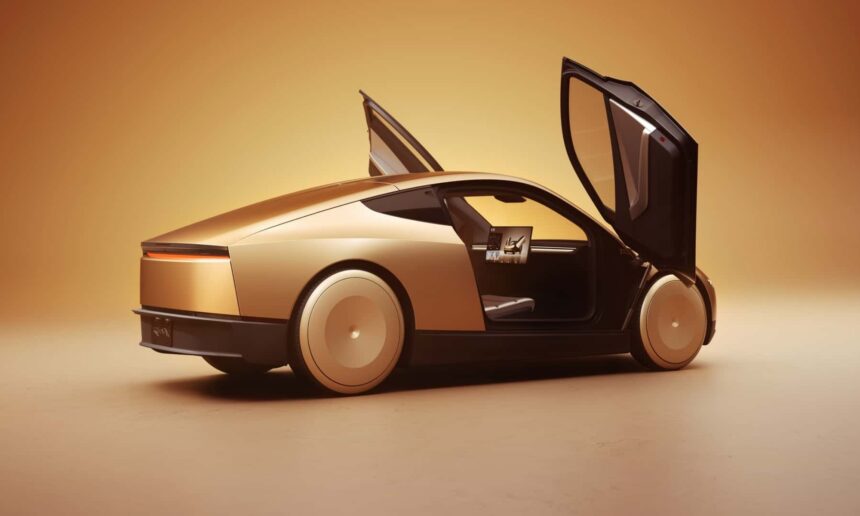Elon Musk says Tesla’s robotaxi service is launching in Austin, Texas, this June. The initial rollout will use Tesla’s fleet, but by next year, regular Tesla owners might be able to add their cars to the service.
Tesla has been testing self-driving vehicles at its Fremont, California, facility. Musk is pushing to bring these autonomous vehicles to real-world streets. He believes the technology is now advanced enough for a limited public launch.
What’s Happening & Why This Matters
Tesla’s First Robotaxi Test
Musk announced that Tesla’s unsupervised Full Self-Driving (FSD) system will be available as a paid service in Austin by June. He stressed a cautious rollout, ensuring public safety before expanding further. The first phase will involve Tesla’s internal fleet, allowing the company to fine-tune the system in real-world conditions before opening the service to Tesla owners.
By next year, Tesla owners may have the option to rent out their vehicles as robotaxis. Musk compared this model to Airbnb, where owners can list or remove their cars from the network. This could create a flexible revenue stream for Tesla owners while expanding Tesla’s self-driving service faster.
Competition & Safety Concerns
The race to launch robotaxi services is heating up, but safety remains a concern. Waymo already operates in Phoenix, San Francisco, and Los Angeles, with plans to expand to Austin, Miami, and Atlanta. However, not all companies have had smooth rollouts.
- GM’s Cruise robotaxi service was recently shut down due to safety concerns, highlighting the challenges of autonomous driving.
- Tesla aims for a safety level above that of human drivers, knowing that any self-driving accident attracts widespread media attention.
- Musk acknowledges the scrutiny, pointing out that while over 40,000 people die in traffic accidents annually, self-driving incidents generate disproportionate headlines.
Tesla’s Future Robotaxi Expansions
Musk expects Tesla’s internal fleet to expand robotaxi operations to multiple cities by the end of the year. The company wants to ensure the system runs smoothly before allowing privately owned Teslas to join the network.
Tesla has also previewed its Cybercab and Robovan robotaxi models. While these vehicles are designed specifically for ride-hailing, production isn’t expected to start until 2026 or 2027. For now, Tesla is focusing on deploying its existing fleet of Model 3 and Model Y vehicles for the robotaxi program.

TF Summary: What’s Next
Tesla’s Austin robotaxi rollout is happening this summer, marking an important milestone for autonomous driving. If successful, Tesla’s self-driving service could expand to other U.S. cities by the end of the year. With competition from Waymo and other companies, Tesla is pressured to deliver a reliable, safe, and scalable robotaxi network.

— Text-to-Speech (TTS) provided by gspeech


